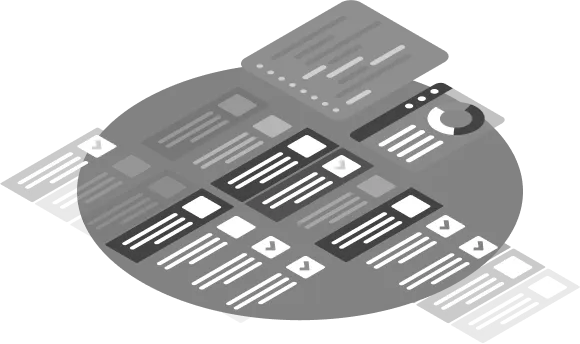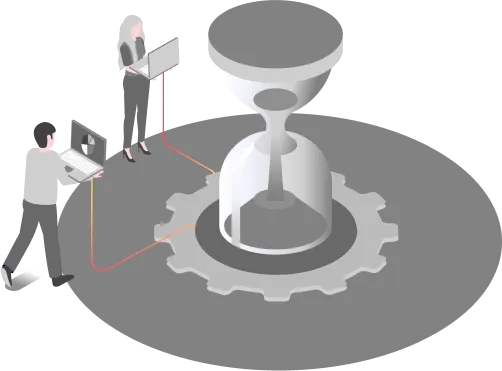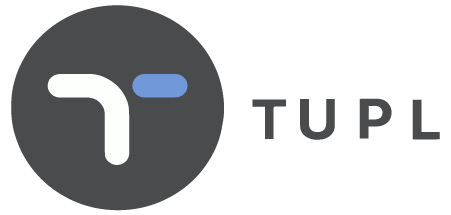Solutions
Vision For AI Quality
Inspection
Reduces the manual labor required to
detect quality problems in manufacturing.
Wasting too much effort on visual quality inspection?
The average accuracy of manual inspection is under 85%, and results in high level of employee burnout. Additionally, creating ML models for Machine Vision with current technologies is a very complex problem that requires a high level of expertise.

Struggling to scale your visual inspection operations effectively?
- Knowledge transfer takes time.
- Low process consistency.
Are you thinking of further automation beyond Visual AI?
Not being able to link the results from your Visual AI stage to other metrics in the production line prevents you from achieving additional benefits in terms of automated root cause analysis of manufacturing problems and preventive maintenance.
- Unexpected downtime of your manufacturing lines.
- Lack of consistent failure root cause analysis.
- Poor quality control model.

Vision For AI Quality Inspection overcomes the challenges of industrial digital transformation
Benefits of Implementing Vision For AI Quality Inspection
Enhance quality control in your manufacturing lines with automated visual inspection
Watch our 3-part video series to see the Vision For AI Quality Inspection PoC implemented with Premo, a leading automotive parts manufacturer.

Training module: creation and training of AI models for non-AI experts
- UI-based; easy to create AI models for different parts.
- Detection & classification capabilities leveraging state-of-the art Convolutional Neural Networks (CNNs).
- Creation of whole-part or specific component models, to enable further investigation.
- Active Learning capabilities to facilitate labeling work.
Real-Time Monitoring: AI predictions and traceability
- Centralized solution, works with any type of camera.
- Real-time prediction of parts (under 6s).
- Keeps track of each part prediction for analysis and retraining.
- Increases inspection accuracy and prevents stopping of production lines.
Centralized Dashboard: quick overview of company's performance
- Individual and aggregated statistics at different levels (production line, factory, country, company).
- Drill-down capabilities on each manufacturing facility and production line.
- Possibility to add other metrics to monitor performance and perform Root Cause Analysis of problems.
- It lays the foundations for implementation/integration with a real-time MES (Manufacturing Execution System).
Get a demo of Vision For AI Quality
Inspection today
Frequently Asked Questions
Below you will find answers to the most common questions about Vision For AI Quality Inspection.
How does Tupl AI Visual Inspection Toolkit work?
This quality control solution for automating manufacturing lines uses cutting edge deep learning-based technologies to detect and classify anomalies found in the manufactured parts, with processing times up to 6s, enabling real time actuation on the production line. The solution allows keeping track of each part prediction for model performance analysis and retraining.
The centralized dashboard allows an overview of the company’s metrics and performance, which results in accurate and early detection of production rate deviations, thus saving time and money.
How does Tupl SaaS work?
AI Visual Inspection Toolkit SaaS is delivered in cloud service (e.g. AWS, Azure, etc.) and can also be deployed on-premises, in your private cloud, or data center.
Get started with a functional solution in operation within 2-3 weeks. Monthly subscription. No strings attached. Stop at any time.
What are the examples of AI-based visual inspection applications?
Tupl AI Visual Inspection Solution helps build intelligent visual quality control systems with human-level accuracy and without deep diving into coding.
Our pre-built application is designed for product or damage defects detection and can be adjusted to your manufacturing challenges.
How accurate are the ML models?
The more images are used for the model training – the higher the algorithm’s accuracy. Our algorithms, tested on Premo’s manufacturing lines, have reached 95% of detection accuracy, while the average accuracy of manual inspection is under 85%.
Are the machine learning models self-trained?
ML Performance Drift Detection and Correction with Active Learning features a mechanism to identify drift in a machine learning model over time and subsequently correct it by retraining, with the help of an active learning module. The machine learning models are self-trained and 100% consistent.
Manual vs Automated Visual Inspection?
Automated visual inspection provides significant, long-lasting benefits to manufacturers. AI Quality Control Toolkit reduces 90% of manual labor; therefore, it decreases the overall cost of production and essentially increases the revenue. The business case for implementing vision systems is recognized on a return on investment (ROI) basis. Contact us now, and we can go through calculations based on your data.
Cloud VS On-Premise?
In the digital manufacturing environment, introducing AI into the manufacturing process has become possible due to the cloud computing capabilities of Industry 4.0. Modern manufacturers leverage this development to marry computer vision hardware along the production line with AI-powered cloud-based digital tools.
How much data / how many images do I need to get started with AI Quality Inspection tool?
An inspection line can be set up with just tens of images to build the AI model. The more data is used as input, the more accurate the model will be, and the deep learning models will learn from any additional data, improving accuracy over time.
Do I need an AI expert or developer on staff?
No-code solutions for AI application development help manufacturers take advantage of this emerging technology without the need to hire technical specialists or investing significant time and capital.
Tupl’s software has a simple and intuitive user interface that enables existing personnel to build Vision AI applications for quality assurance in very little time with relatively small datasets and with no programming required.
